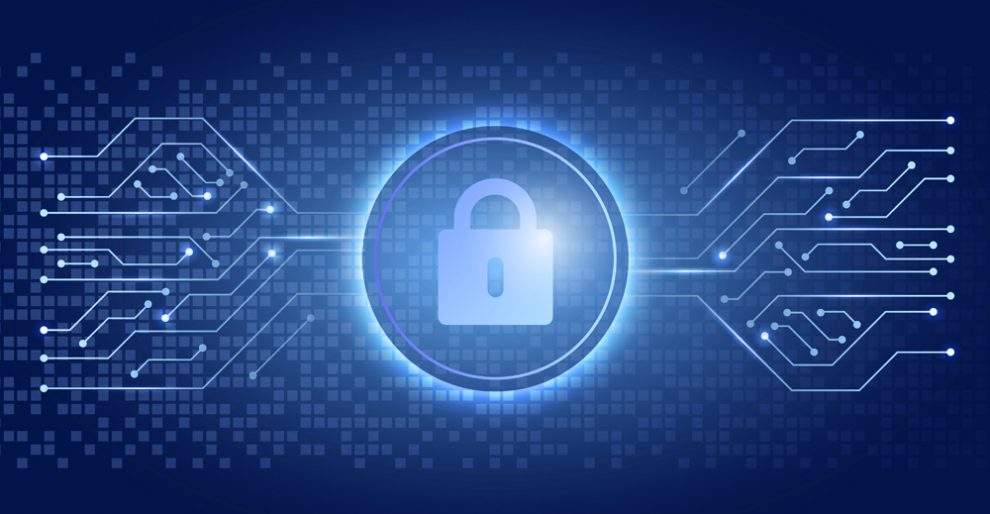India has become the world’s largest democratic country and fastest growing major economy. India’s internet access was pretty low until very recently with the launch of a new mobile network called Reliance Jio. They offered incredibly cheap phones with extremely cheap data prices. India went from being a relatively expensive place to consume data being the cheapest in the world. Prices crashed by 94%.
New users in the developing world are browsing the internet as much as the same way that the people in the developed world. People are using a tremendous amount of mobile data for their smartphone consumption. As the consumption of internet has increased in India, why can’t India create a secured internet and root server?
Currently, there are thirteen root servers in the world, named A to M and spread across four countries. Ten of these servers are in the US while there is one each in the Netherlands, Sweden and Japan. The thirteen root servers are further operated by twelve independent organizations. India now has the prospective to create its own secured internet by setting up a root server locally as the Internet will stop operating if any of the root servers are switched off as to overcome this, India having a native root server, will be an aid to communicate within its own jurisdiction. Government, industry and other stakeholders can jointly manage it. By taking less than Rs 10 crore, according to state-run ITI and industry platform IPv6 Forum.
The functioning of the internet takes place by connecting IP (Internet Protocol) addresses of websites, subscribers etc. an IP address is a system of rules that guides how the information is sent from one computer to another computer over an internet connection. Beforehand IPv4 version of IP addresses was in function which are limited in numbers and not enough to carry the growing demand of data services. It had about 3 billion IPv4 addresses whereas there are several trillion beneath IPv6.
India was behind working on IPv6 as India became the very last on implementing the IPv6 roadmap. The Department of Telecom had published the first and second roadmap to raise the IPv6 addresses in the country in 2010 and 2012 which can grant several trillions of unique addresses dissimilar to the old regime of IPv4 as it has a limit of 3 billion IP addresses only.
“Reliance Jio contributed in taking India to the leadership position. Each of Reliance Jio customers are connected through IPv6 address. We can now have our Aatmanirbhar secure internet. India can now set up its own root server with less than ₹10 crore, The National Internet Exchange of India (Nixi) already has expertise in IPv6. The company can develop indigenous technologies on IPv6 and export them as well. Theoretically, every country will have its own root server,” “IPv6 Forum chairman Satya N Gupta said.
It was also told by the ITI Chairman and Managing Director RM Agarwal that ITI will conduct workshops for expansion of IPv6 technology in the country and also support other Asian countries.
Conclusion
Mobile phones or computers become useless until it provides some services. India has the very potential to make up a world of secured internet and root servers without depending on the others. Ensuring that the Internet becomes a suitable medium for every sector in India.
0

